If you’re in the manufacturing business, you have probably come across the term “Metal Fabrication.” However, not everyone knows the ins and out of this process.
Therefore, today we will discuss everything there is to know about metal fabrication, what it is, which technology it requires, and what its different types are.
So, let's get started!
What is Metal Fabrication?
Metal fabrication is the method of making metal sheets and other flat metals to create specific forms.
The process begins with a sheet of metal, one-quarter inch or less in thickness. At this point, the metal is flexible enough to change shape, and the fabricators can easily modify the sheet to make an exact shape. This process is carried out through cutting and shaping, stamping or folding, and then welding.
Another similar practice is called custom fabrication, which refers to creating custom components using innovative combinations of these methods.
Now that you know what exactly metal fabrication is, let us tell you about the skilled people certified to carry out this process.
Who Performs Metal Fabrication?
Metal fabrication is carried out by metal fabricators, highly skilled professionals educated to cut and manipulate metal with the precision of a surgeon to achieve the desired form. They typically operate from large-scale manufacturing companies or specialty fabrication shops. The shops are diverse and offer general fabrication or special fabrication services for IT and medical industries.
Metal Fabrication Components
The basic components required to perform metal fabrications include the following; however, based on the task, items can be added or removed from the list:
Metal plate
Expanded metal
Formed metal
Wire for welding
Fittings
Castings
So, how do we use all these components to give a definite shape to the metal sheet? Let’s explore.
Technology Used for Metal Fabrication
Although metal fabrication has existed in some form or the other for ages, the techniques and methods have advanced significantly in the past few years.
The basic techniques are still applicable; however, there have been many significant advancements that have transformed the way we manufacture metal products in the contemporary world.
The most important kinds of technology for metal fabrication that are currently leading the manufacturing process are:
Program for creating CAD models:
Computer-aided design (CAD) software plays a crucial role in the design process of projects for metal fabrication. Engineers employ CAD software to create designs that a fabrication firm can later utilize during fabrication.
This software allows the creation of 3D models and rapid updates and changes to the model. It also enables easy conversions to programming languages to program fabrication equipment. The computer-aided design makes it easy to tune parts, lets engineers instantly determine essential information and even pinpoint places that might be structurally weak.
Automatization:
Automation is relatively new and has revolutionized the manufacturing process. Machines for fabrication are equipped with programming capabilities, enabling machines to automate the completion of projects according to specifications, with minimal human involvement.
This allows for work around the clock and also increases quality and accuracy. You can use automated tools for various procedures, such as cutting, folding, welding, and many other manufacturing methods.
Machinery:
Machinery solutions are getting better with time. Laser technology is used for cutting, which enables faster cutting of heavier materials. Other methods, like plasma cutting and waterjet cutting, are also becoming increasingly popular. These techniques are helpful for a wide range of projects and materials.
The technology used for metal fabrication is advancing each year, as manufacturers look forward to improving their machines' flexibility.
Now that we have covered the components and technology for metal fabrication, let’s look at the different types of metal fabrication processes.
Types of Metal Fabrication Processes
There are many processes in metal fabrication. Here are some examples of the various types of fabrication techniques used in the process:
Cutting:
The cutting process is by far the most fundamental step in metal fabrication. It uses lasers, waterjet sawing, shearing, and even flame cutting. This process transforms the metal sheets into chunks with the correct dimensions and shape. From the available options, waterjet and laser cutting are the most advanced techniques that offer precision like no other.
Casting:
This part involves forming a casting die mold. The fabricator pours the molten metal into the cast, which cools down and turns into a solid piece of the required shape.
Forging:
In the forging process, a high-pressure machine compresses the raw metal, allowing the fabricator to stretch and form it.
Punching:
Punching involves turrets stamping pre-designed patterns into the metal for decoration or utility purposes.
Diagram:
This process uses tensile force to pull liquid metal through an elongated die.
Milling:
The milling process makes perforations in a non-circular material.
Drilling:
The drill makes holes in the metal with an arc-shaped bit.
Turning:
In this process, a piece of steel is placed on a rotating platform that allows technicians to cut it with an instrument as it spins.
Extrusion:
An extruder pushes the billets through a machine creating round items, like wires and pipes

